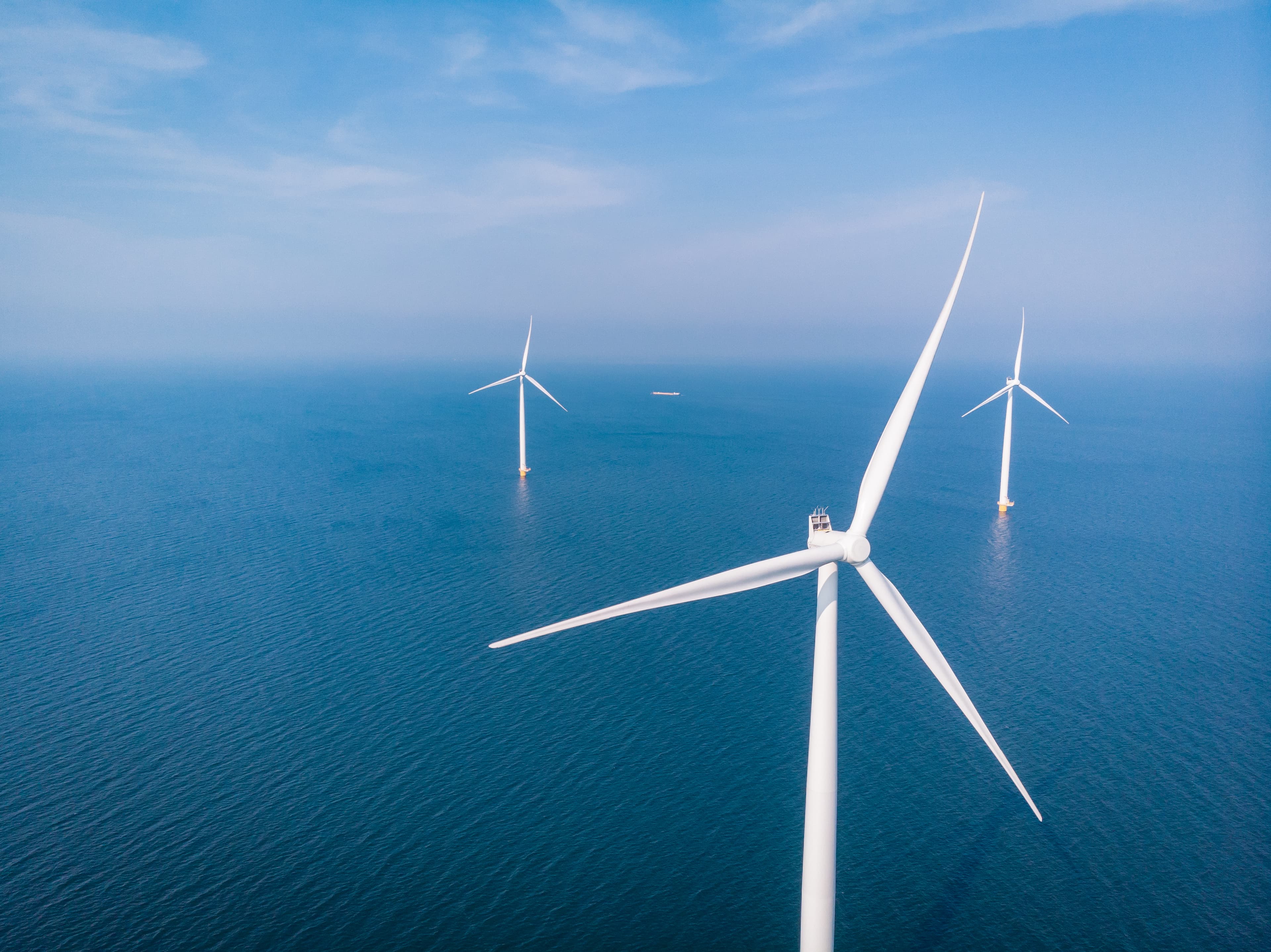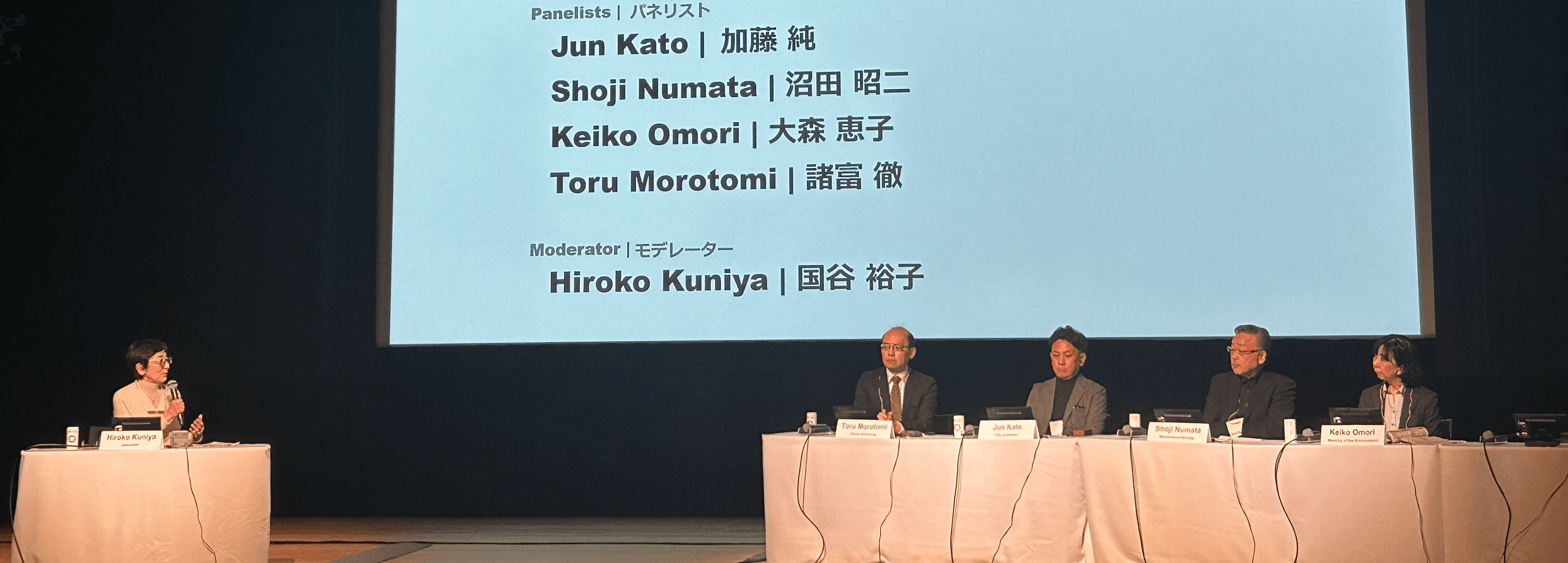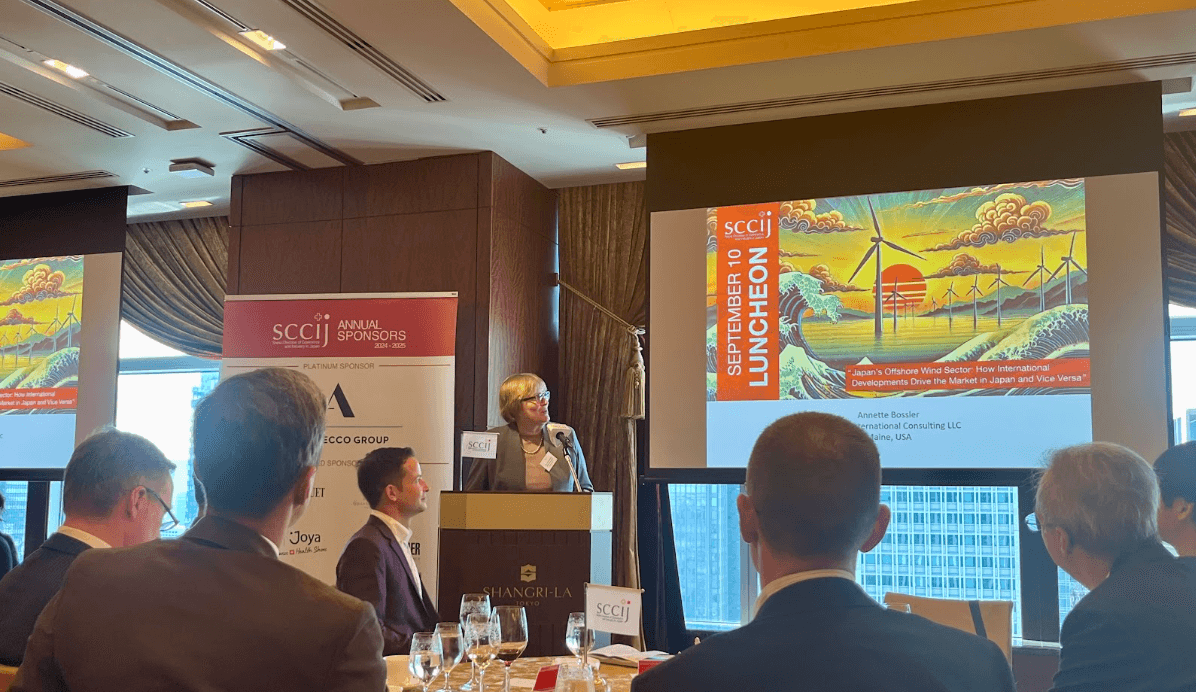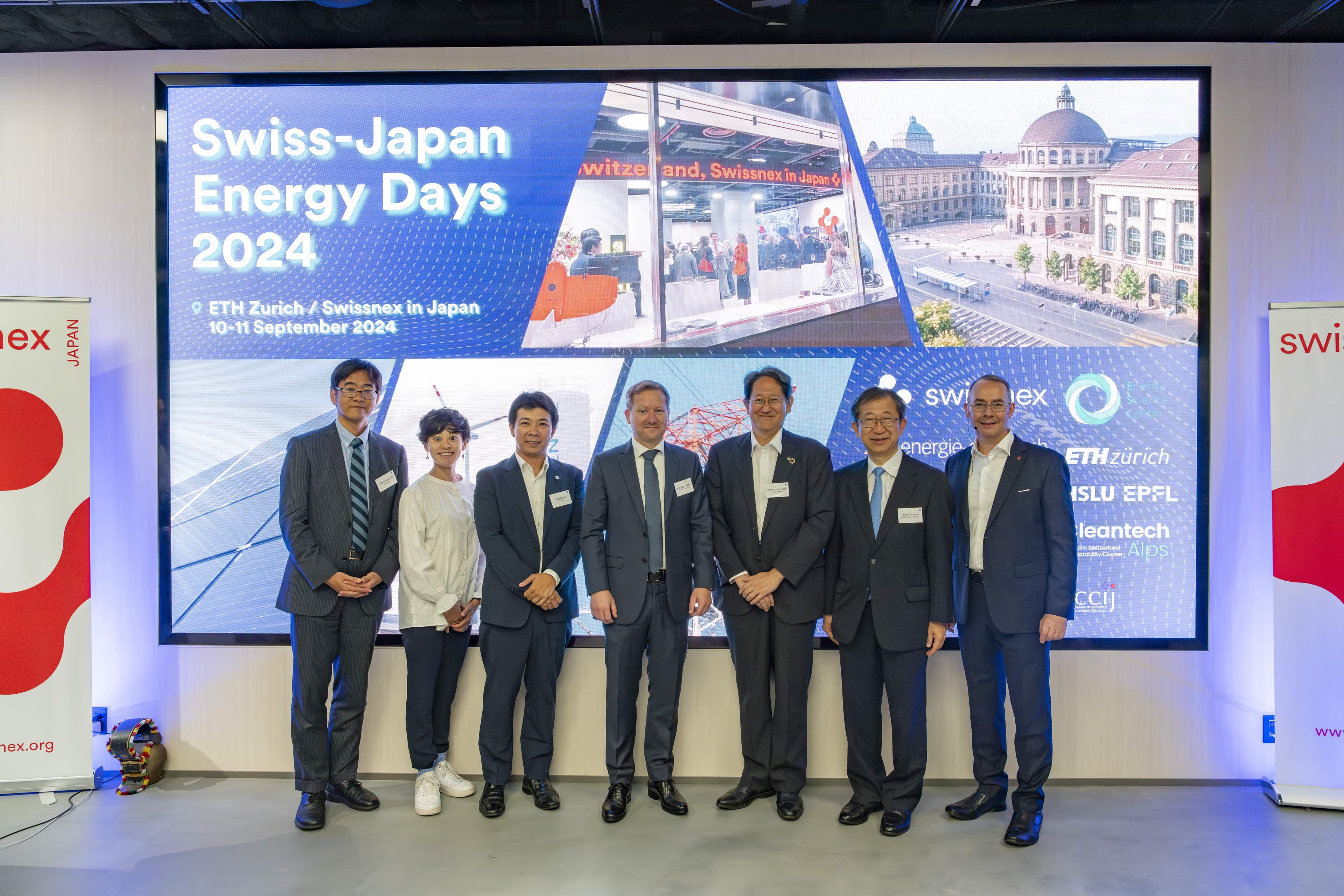Offshore wind power is expected to become a major pillar of renewable energy, and Japan is actively promoting its introduction. There is a growing need for personnel engaged in operation and maintenance (O&M). According to estimates by the Japan Wind Power Association (October 2023), based on the projected offshore wind power installation capacity until 2050, the number of skilled workers required in O&M (maintenance workers, maintenance workers for drone inspections, and maintenance workers for high-altitude work) is expected to reach 2,300 by 2030, 10,700 by 2040, and 19,000 by 2050. As the cumulative installation capacity increases in 2040 and 2050, the number of workers in the O&M field is expected to rise. By 2050, there may be a training demand for 15 to 30 offshore safety training facilities and around 15 maintenance work training facilities.
Hokutaku, Japan's largest wind turbine maintenance company, is at the forefront of providing O&M services for offshore wind power and developing human resources as the only third-party wind power maintenance company in the country. Hokutaku is involved in 80% of the 2,600 wind power generation facilities in Japan, including onshore, and is equipped with remote monitoring systems and advanced educational facilities.
On May 21, 2024, an offshore wind power operation and maintenance (O&M) training facility, constructed by Hokutaku and Mitsui O.S.K. Lines in Kitakyushu City, was completed and unveiled to the press. For the first time in Japan, a 23-meter-high tower-type actual machine has been installed on land, enabling practical training that simulates offshore conditions. The facility aims to train 1,500 workers over the next 10 years.
As the offshore wind industry is relatively new to Japan, securing human resources is challenging due to the lack of a similar industrial base in the country, unlike offshore oil field development in Europe. To address this issue, in addition to enhancing education and developing training facilities, it is necessary to promote the recruitment of younger generations and the transfer and conversion of human resources from other industries and sectors. To achieve this, it is essential to widely and accurately raise awareness and understanding of the existence, content, and significance of jobs in the offshore wind industry.
The development of human resources in the offshore wind industry is a multifaceted challenge that requires a comprehensive approach. While Japan has made significant strides in establishing training facilities and promoting workforce development, it is crucial to recognize that this is an ongoing process that demands continuous efforts from various stakeholders. Governments, industry associations, educational institutions, and companies must collaborate to create a conducive environment for attracting and nurturing talent in the offshore wind sector. Moreover, it is essential to learn from the experiences and best practices of other countries that have successfully developed their offshore wind industries.
As the global demand for renewable energy continues to grow, the development of a skilled and adaptable workforce will be a key factor in determining the success and competitiveness of the offshore wind industry, not only in Japan but worldwide.
Sources
Hokutaku Co., Ltd.
Mitsui O.S.K. Lines.
Mitsui O.S.K. Lines. (2024, May 21) [Press release].
Japan Wind Power Association. (2023) [Presentation]





